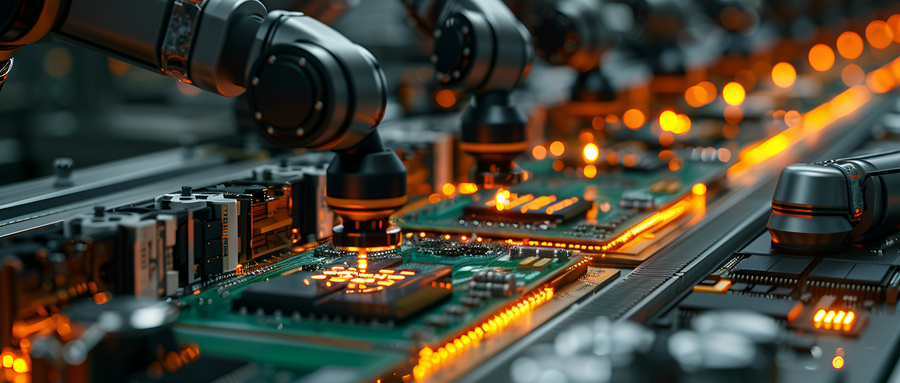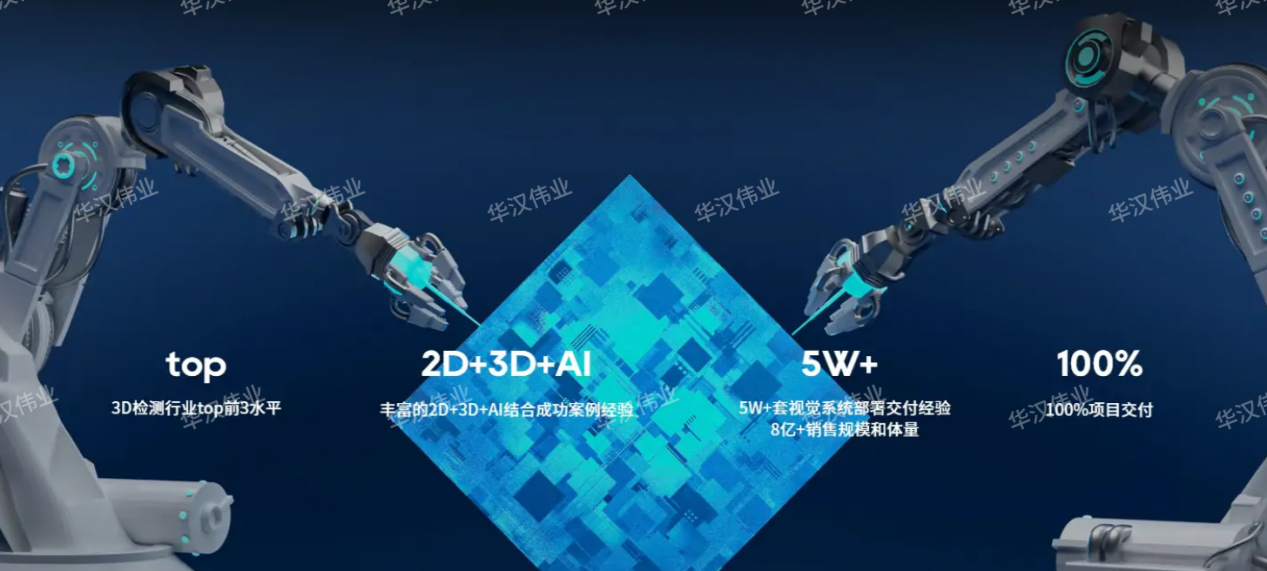
According to the "2023 Blue Book on the Development of Machine Vision Industry" released by Gaogong Robotics, the 2D vision market size is about 15.224 billion yuan, a year-on-year increase of 20.21%, and the 3D vision market is about 1.84 billion yuan, a year-on-year increase of 59.90%. It can be seen that the market size of 2D vision dominates, while 3D vision has a higher market growth rate.
So, how should we choose between2D vision and 3D vision?

2D visual processing is a two-dimensional image data that only contains information about the length and width of objects (i.e., the X-axis and Y-axis). Each pixel in the image only represents color and brightness information, without depth or height information.
3D vision processes three-dimensional spatial data, which includes information about the length, width, and height of objects (i.e., the X-axis, Y-axis, and Z-axis). By using depth images or point cloud data, detailed information such as the three-dimensional shape, size, position, and direction of objects can be obtained.
2D vision mainly relies on traditional image processing algorithms and computer vision technologies, such as edge detection, feature extraction, image segmentation, etc. With the development of deep learning technology, 2D vision algorithms based on Convolutional Neural Networks (CNN) have achieved significant results in tasks such as object detection and image classification.
The implementation methods of 3D vision are more diverse, including structured light, stereo vision, Time of Flight (ToF) cameras, LiDAR, etc. In addition, deep learning techniques have also been widely applied in the field of 3D vision, such as object classification and scene segmentation based on point cloud data.
2D vision can achieve efficient object recognition by analyzing the color, shape, texture and other features of images, as well as relatively fast processing speed. It is widely used in image recognition, facial recognition, object detection, text recognition and other scenarios.
3D vision supplements traditional 2D vision technology with more accurate and realistic scene perception, as well as the acquisition of depth and stereo information. By perceiving changes in the physical environment and making corresponding adjustments, it effectively expands the application scenarios of machine vision and has good application effects in robot navigation, virtual reality, 3D reconstruction and other scenes.
Choosing the appropriate visual technology depends on specific application requirements and scenarios, and in some scenarios,2D vision is sufficient to meet the needs, while 3D vision is more suitable in other scenes that require more precise depth perception and positioning.
Due to the increasingly sophisticated product quality, enterprises have higher requirements for machine vision technology. Due to different requirements for product stability and accuracy, their demands for machine vision technology also vary. This means that machine vision technology also faces many challenges.
Traditional 2D vision relies on grayscale and cannot obtain 3D features. It lacks information such as the flatness and volume of objects, and is easily affected by ambient light. Insufficient or excessive lighting can lead to a decrease in image quality.Faced with the problems of large data volume, redundant information, and high dimensionality of feature space, traditional methods,the detection method of 3D visionrequires manual extraction of feature information and lacks the ability to automatically extract all useful feature information, making it unable to adaptively process complex workpieces.
As a one-stop visual solution provider, HANSWELL often adopts a combination of 2D and 3D vision to provide customers with the most cost-effective and flexible customized solutions, tailored to their actual situations.
The InnoVision 2D visual inspection software platform mainly adopts two-dimensional image processing technology, integrating over 150 image processing tools such as preprocessing, positioning, measurement, and recognition,Applied in visual guidance, surface quality inspection, QR code recognition, character recognition, barcode recognition and other scenarios in fields such as 3C, new energy, lithium batteries, and automotive manufacturing.
The HyperShape 3D visual inspection system can achieve 3D reconstruction of structured light cameras in high reflective and low contrast scenes, with a focus on solving technical difficulties such as HDR, point cloud denoising, and hole filling,Even if the reflective ability of different areas on the surface of an object varies greatly, relevant features can be accurately extracted from the image, thereby ensuring measurement accuracy.
HANSWELL integrates 2D+3D+AI to achieve image level feature fusion, meet the online accurate detection of subtle and low contrast defects, integrate deep learning with traditional algorithms, achieve functional module diversity, improve defect recognition accuracy, quickly adapt to various process changes, and comprehensively solve visual problems.

It can be seen that there is no absolute substitution relationship between 2D vision and 3D vision; Both will maximize the solution to user production difficulties in their respective suitable scenarios, while also achieving complementarity and integration.
When choosing machine vision technology, we should consider it comprehensively based on actual needs and application scenarios. Meanwhile, with the continuous development and innovation of technology, future machine vision technology will become more diverse, intelligent, and efficient, bringing more opportunities and challenges to the fields of industrial automation and intelligent manufacturing.